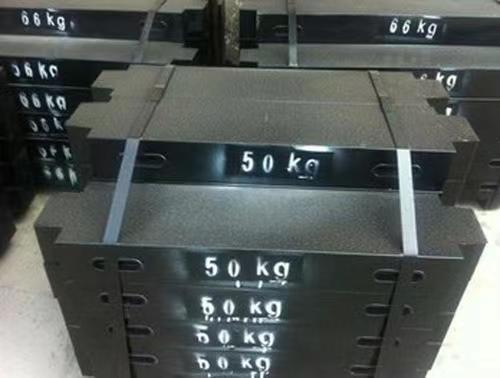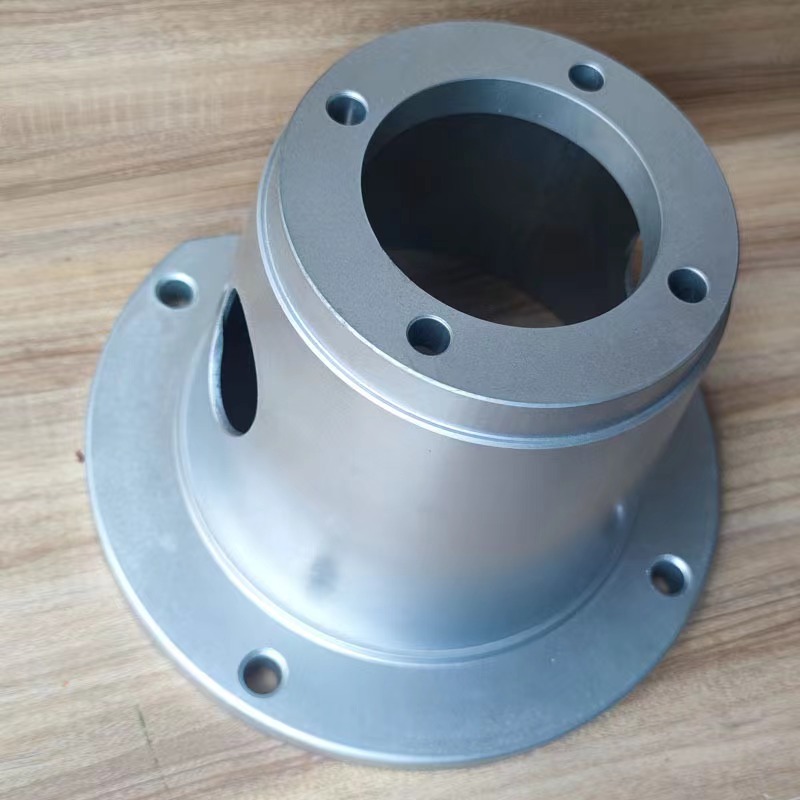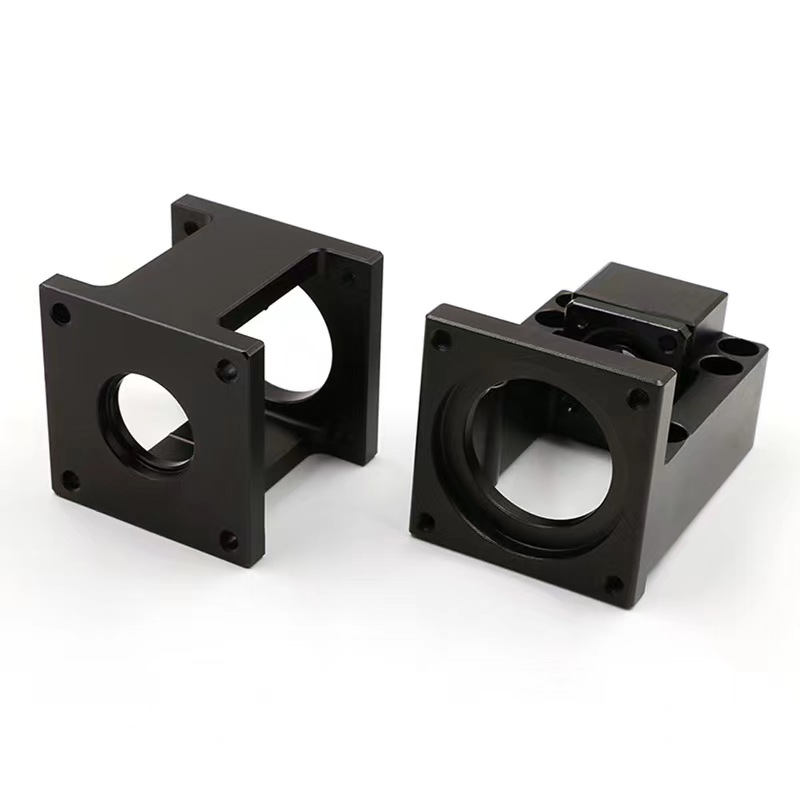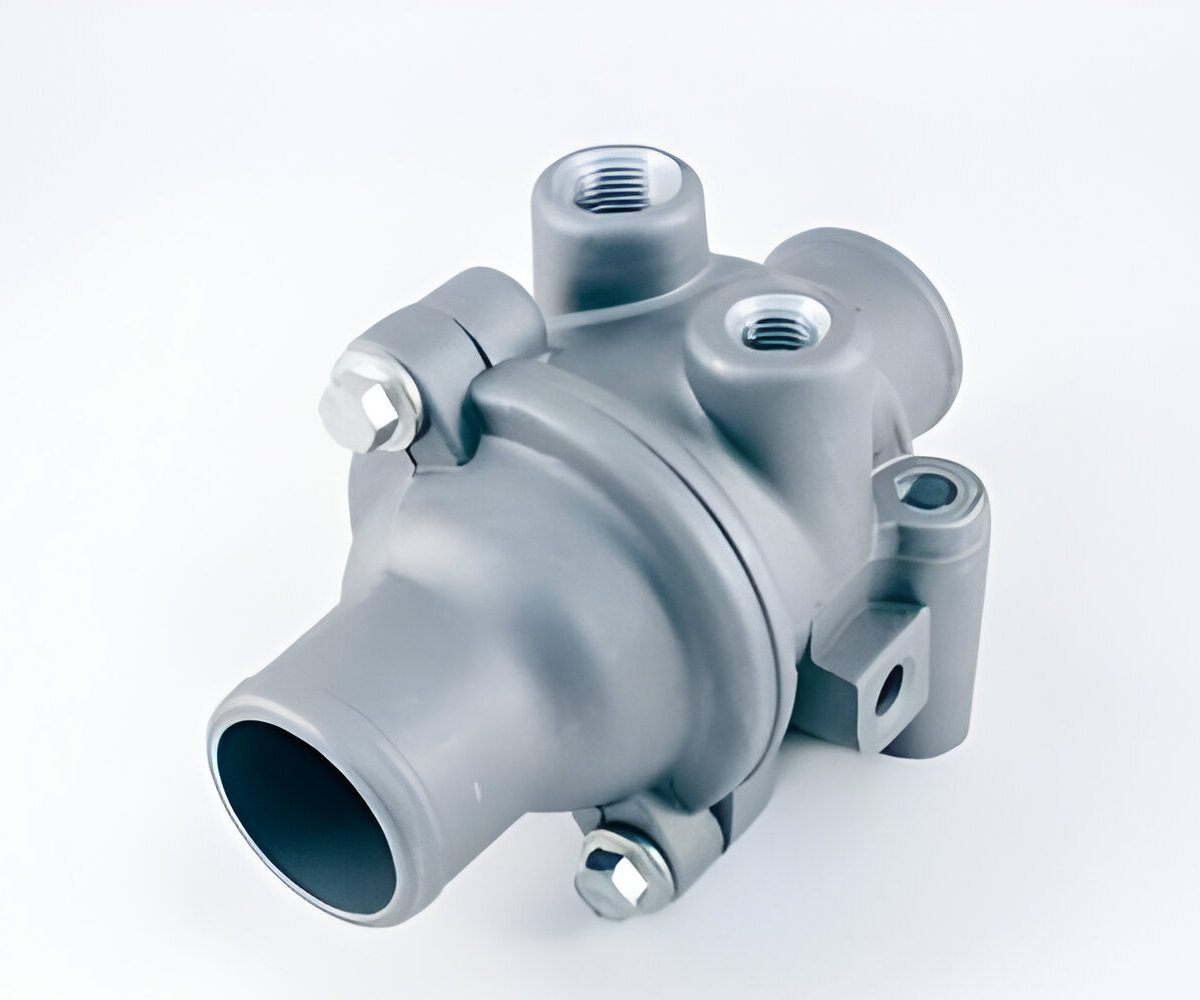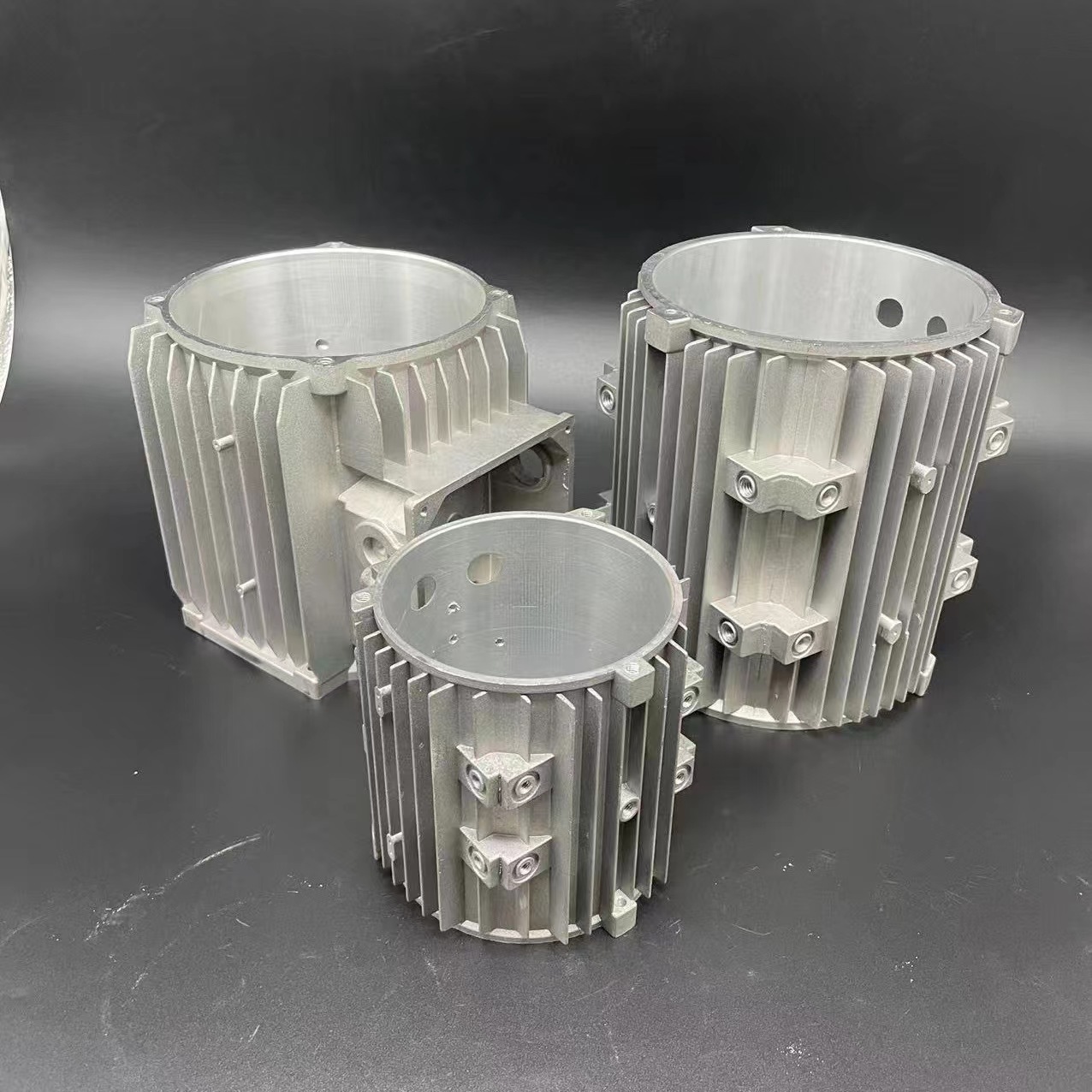Elevators have revolutionized vertical transportation, making it efficient and accessible in buildings towering over the skyline. Among the various types of elevators, the counterweight elevator stands out for its ingenious mechanism. But how does it work, and what makes it a preferred choice for modern buildings? Let's delve into the mechanics and advantages of counterweight elevators.
Counterweight elevators operate on a simple principle of balance and equilibrium. Unlike traditional hydraulic or traction elevators that rely solely on the power of a motor to lift the cab, counterweight elevators employ a counterbalance system to offset the weight of the elevator car and its occupants. This system enhances energy efficiency and ensures smoother operation.
At the heart of a counterweight elevator is the elevator counterweight, a heavy block typically made of concrete or steel. This counterweight is attached to the opposite end of the elevator car by a series of ropes or cables that pass over a sheave or pulley. The weight of the counterweight is carefully calculated to match the combined weight of the elevator car and its maximum capacity load.
One crucial aspect of the counterweight elevator is the elevator counterweight weight, which determines its effectiveness. By adjusting the weight of the counterweight relative to the elevator car, engineers can fine-tune the system for optimal performance. Too much or too little counterweight can disrupt the balance, leading to inefficiency or safety concerns.
The operation of a counterweight elevator is remarkably efficient. As the elevator car ascends, the counterweight descends, and vice versa. This reciprocal motion helps to conserve energy by offsetting the gravitational force acting on the elevator system. In essence, the counterweight elevator harnesses the principles of physics to minimize energy consumption and maximize efficiency.
One of the key advantages of counterweight elevators is their space-saving design. Unlike hydraulic elevators that require a dedicated machine room, counterweight elevators utilize a compact motor located within the shaft, saving valuable floor space. This makes them ideal for high-rise buildings where space is at a premium.
Furthermore, counterweight elevators offer a smooth and comfortable ride for passengers. The counterbalance system reduces the strain on the motor, resulting in quieter operation and reduced vibration. This enhances the overall user experience and makes counterweight elevators a popular choice for modern buildings.
Another notable feature of counterweight elevators is their reliability and durability. With fewer moving parts compared to hydraulic or traction elevators, counterweight elevators require minimal maintenance and have a longer service life. This translates to lower operating costs and greater peace of mind for building owners and facility managers.
In summary, counterweight elevators offer a compelling solution for vertical transportation in today's urban landscape. Their innovative design, efficient operation, and space-saving features make them a preferred choice for architects, developers, and building owners alike. By harnessing the power of counterbalance, these elevators elevate the standards of safety, efficiency, and comfort in modern buildings.

